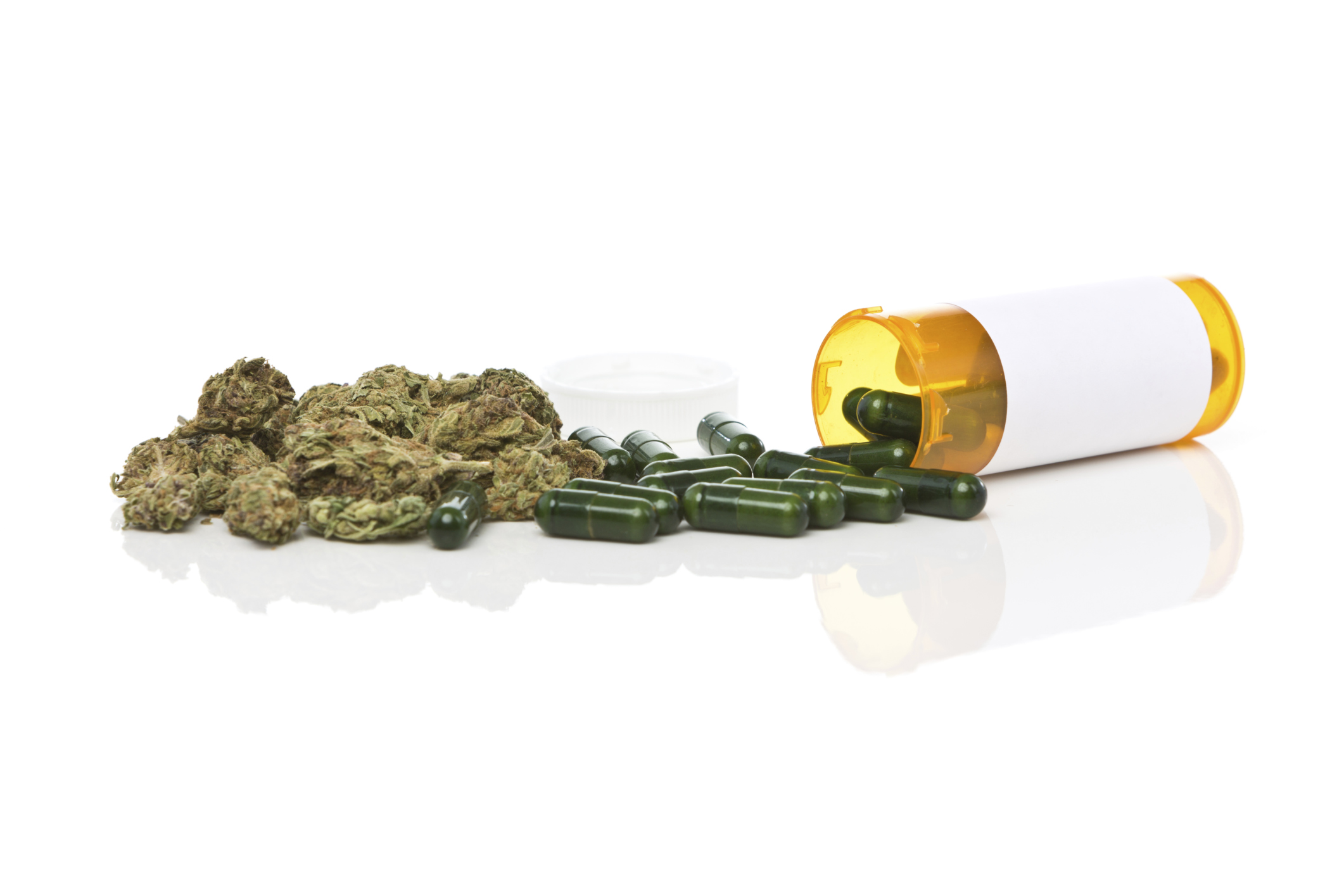
The writer sits at his table, a drink in hand and ready for the downing. The painter stands at her canvas, having recently smoked a blunt, and contemplates the pigments on the surface of her latest work. The musician runs on stage, revved up on coke and ready to wow the crowd. Whether touted as an emblem of counter-cultural freedom from the restrictive thinking of mainstream society or reputed to stimulate the imagination, drugs, and creativity have been linked with the artistic process for some time now.
Both celebrated and aspiring creatives often dabble in drugs at one point or another in their lives. Though emerging from different walks of life, many artists fall into a tradition that began well before the 20th century and that has been maintained by legends like Pablo Picasso, The Beatles, and most recently Prince. Cocaine, methamphetamines, marijuana, alcohol – these are all part of the artist’s toolkit, right?
Not exactly.
Questions about our Programs?
Our admissions coordinators are available 24/7 to answer any questions you may have as you consider whether treatment at Banyan is right for you or your loved one.
Do Drugs Make You More Creative?

This common trope of drugs as elixirs of creativity is misleading and, when taken too far, irrevocably harmful. America’s favorite horror author Stephen King, who famously struggled with alcoholism and several drug addictions throughout his life, has no patience for those who claim that drugs inspire creativity.
As he states in On Writing: A Memoir of the Craft, “The idea that the creative endeavor and mind-altering substances are entwined is one of the great pop-intellectual myths of our time.”1 The mystique that drugs hold in society is just that — an illusion. So no, drugs do not make you more creative.
When it comes down to it, King goes on to argue that artists who claim to use illicit substances to stir their creative juices are more or less trying to justify their inclination toward such self-destructive behavior. “But I need it to write!” or “I can’t express myself artistically without it” are not valid excuses but are instead symptomatic of a larger problem at hand: abuse and/or addiction. Drugs don’t make artists — they break them.
Creativity and Mental Illness: The Two Often Go Hand-in-Hand

Though those who abuse and become addicted to drugs are not the same and range in socioeconomic status, race, gender, and other qualities, what they often do share is stress. Unstable households, physical pain, or the pressures from school or work are stressors that can drive individuals to self-medicate through available drugs.
However, mental illness is one of the most prominent sources of stress that pulls people toward abusing substances in an attempt to relieve or cope with their conditions. In fact, approximately a third of all individuals who experience a mental illness and about half of the people living with severe mental illnesses also have substance abuse issues, according to the National Alliance on Mental Illness (NAMI).
For reasons not yet fully understood, rates of artists with mental illness are also high, and understanding this link may help explain why so many artists are drawn toward drugs.
Additionally, while the belief that you need to use drugs for creativity is, as King put it, just a “pop-intellectual myth,” the stereotype of the tortured artist does have some credence (though it is certainly not all-defining). A body of research suggests that there is a strong link between creativity and mental illness. In 2012, Sweden’s Karolinska Institute found that “People in creative professions are treated more often for mental illness than the general population.”2
In one of the most comprehensive studies conducted in this field, the researchers used a registry of psychiatric patients listed over the past 40 years, containing data on nearly 1.2 million Swedes and their relatives. Analyzing patients with a variety of diagnoses, ranging from schizophrenia and depression to ADHD and anxiety syndromes, they saw that there was a strong link between bipolar disorder and creativity and that BD was the most prevalent among people with artistic and scientific professions, including dancers, researchers, photographers, and authors.
The creative figure of the author, however, seemed to be especially burdened by mental disorders more-so than other individuals, artistic or otherwise. The study stated that ‘authors suffered from schizophrenia and bipolar disorder more than twice as often as the general population.’2 Authors were also more likely to be diagnosed with depression and anxiety disorders and twice as likely to commit suicide.
Why Do Artists Do Drugs?

So, we know the facts: a considerable number of artists experience mental illness. Since those who are mentally ill often abuse substances or have substance use disorders, according to the NAMI statistics, it stands to reason that an artist on drugs is no surprise.
Though some try to convince themselves that the link between drugs and creativity is harmless or even necessary to create good work, this simply isn’t the case. The preoccupying desire for another hit is not a testament to their creative genius, but rather many artists do drugs for a false sense of stability and to self-medicate. They want to relieve the distress of their mental disorder left untreated, and too often they turn to drugs as a way of coping. But this only harms them in the long run.
What starts as a casual experiment can quickly turn into abuse when an illicit substance temporarily dulls emotional pain or provokes euphoric feelings of delight in the user. Eventually, the body and mind can become so dependent on the drug that the user continues to abuse it in order just to function. This is when addiction sets in.
So, we know the facts: a considerable number of artists experience mental illness. Since those who are mentally ill often abuse substances or have substance use disorders, according to the NAMI statistics, it stands to reason that an artist on drugs is no surprise.
Though some try to convince themselves that the link between drugs and creativity is harmless or even necessary to create good work, this simply isn’t the case. The preoccupying desire for another hit is not a testament to their creative genius, but rather many artists do drugs for a false sense of stability and to self-medicate. They want to relieve the distress of their mental disorder left untreated, and too often they turn to drugs as a way of coping. But this only harms them in the long run.
What starts as a casual experiment can quickly turn into abuse when an illicit substance temporarily dulls emotional pain or provokes euphoric feelings of delight in the user. Eventually, the body and mind can become so dependent on the drug that the user continues to abuse it in order just to function. This is when addiction sets in.
Case Study: Eminem’s Drug Addiction and His Sober Awakening

Take Eminem, one of the most versatile and provocative artists in the rap and hip-hop world. Though only revealed later in his career in 2008 that he has been grappling with bipolar disorder for most of his life, his feelings of raw anger and emotional instability were exceedingly clear in his lyrics. Eminem’s prescription pill addiction was also severe, and he even nearly died from an overdose at one point, according to MTV News.3
“It’s no secret I had a drug problem,” he was quoted admitting. “If I was to give you a number of Vicodin I would actually take in a day? Anywhere between 10 to 20. Valium, Ambien, the numbers got so high I don’t even know what I was taking.”
And how did he get so hooked? Through the psychological and physical relief that the substances instilled in him, countering the near-constant emotional instability that he experienced from his mental illness. “When I took my first Vicodin, it was like this feeling of ‘Ahh.’ Like everything was not only mellow, but [I] didn’t feel any pain,” Eminem says in the documentary How To Make Money Selling Drugs, quoted by MTV News.4
“I don’t know at what point exactly it started to be a problem. I just remember liking it more and more. People tried to tell me that I had a problem. I would say, “Get that f____g person outta here. I can’t believe they said that sh_t to me.”
As Eminem’s addiction worsened, his motivation, physical health, and even his ability to string words together deteriorated. MTV News writes that at his lowest the drugs shut off his brain and made him so lazy he preferred watching TV to making new tracks.5
After seeking prescription drug addiction treatment and remaining sober for a year, Eminem came back to the recording studio. In 2009, he released Relapse, an album that openly discussed his struggle with addiction. But he comments that during Recovery, an album released a year later, is when he really began to repair the damage that the drugs took on him despite how impossible it felt at times.
“I had to learn to write and rap again, and I had to do it sober and 100 percent clean,” Eminem told MTV News. “That didn’t feel good at first. I mean it in the literal sense. I actually had to learn how to say my lyrics again; how to phrase them, make them flow, how to use force so they sounded like I meant them. I was relearning basic motor skills. I couldn’t control my hand shakes. I’d get in the [recording] booth and tried to rap, and none of it was clever, none was witty and I wasn’t saying it right.”
Yet he did it, creating an award-winning album that stands as a testament to how only sobriety can unlock the true potential of an artist.
Get a Free Insurance Verification Today!
"*" indicates required fields
Let Our Lake Worth Drug Rehab Help You Find Your Creative Flow Again
Eminem’s Recovery is dedicated, “Anyone who’s in a dark place tryin’ to get out. Keep your head up… It does get better!”9 We couldn’t have said it better ourselves. Though the confusion, frustration, and emotional agony that can come along with an untreated mental illness and drug addiction can seem insurmountable, there is a way out.
Our Banyan Lake Worth rehab offers dual diagnosis treatment in Florida to help clients overcome the hardships unique to both mental health and substance use disorders. Our specialists are experienced in treating both conditions simultaneously.
At our BHOPB detox and addiction rehab, artists can also continue creatively expressing themselves as a way of working through their conditions. We offer art therapy, music therapy, and expressive writing therapy for those who want to discover what it means to be creative while sober.
Don’t let drug addiction get in the way of what’s important in your life.
Contact Behavioral Health of the Palm Beaches today at 561-220-3981 to learn more about our mental health and addiction treatment in Lake Worth.
Sources:
- Stamford Public Schools – On Writing: A Memoir of The Craft
- NIH – Mental illness, suicide and creativity: 40-year prospective total population study
- MTV – Eminem Admits He ‘Almost Died’ From Drug Overdose
- MTV – Eminem Details Depths Of Drug Addiction: ‘My Bottom Was Gonna Be Death’
- MTV – Eminem: ‘I Had To Learn To Write And Rap Again’
Related Reading:













